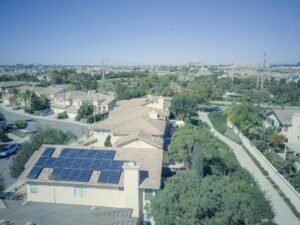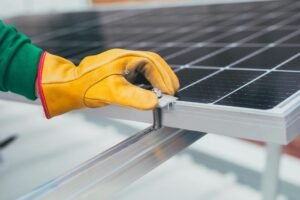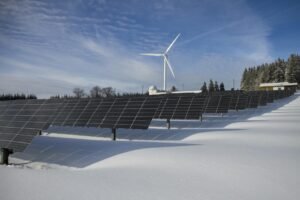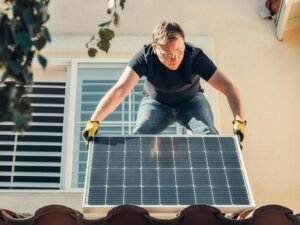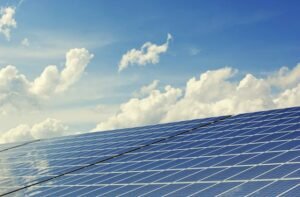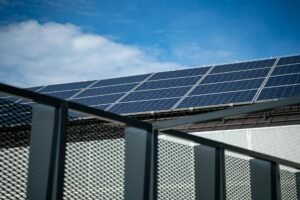
Wind Turbines vs. Solar Panels: Which Is Better?
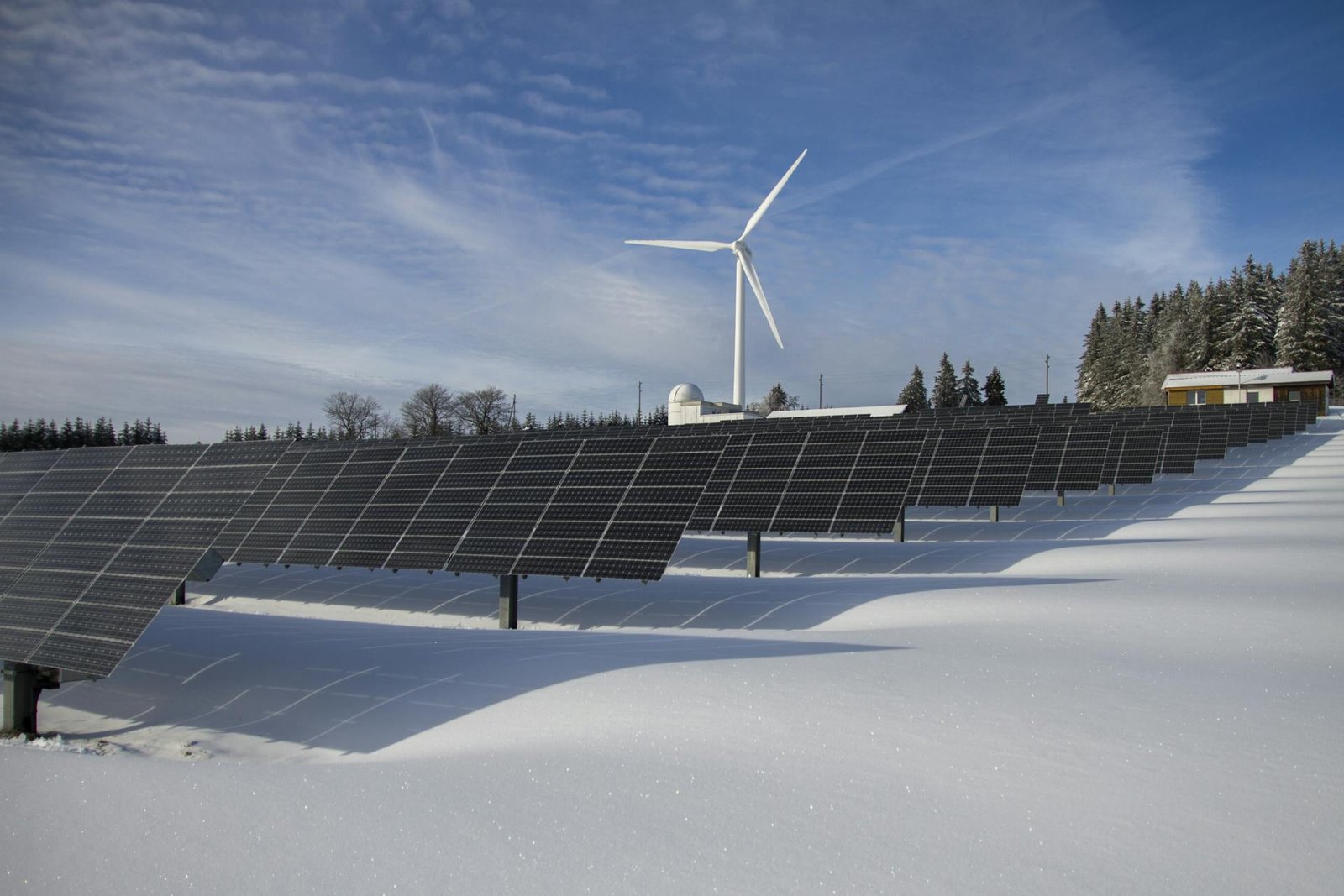
Both wind turbines and solar panels offer renewable energy solutions, but each has unique advantages and considerations depending on location, energy needs, and personal or business goals. Here’s a comparison to help determine which option might be better for you:
1. Energy Production and Efficiency
Wind Turbines: Wind turbines generally produce more energy than solar panels when conditions are right. A single wind turbine can generate a significant amount of electricity, particularly in areas with strong, consistent winds. However, wind energy production can vary with weather patterns, so it’s best suited to regions with reliable wind resources.
Solar Panels: Solar panels are highly effective in sunny locations, and while they may produce less energy individually compared to wind turbines, they are more predictable because sunlight is generally available daily. Solar panels can work even on cloudy days, though with reduced efficiency.
2. Space and Location Needs
Wind Turbines: These require ample space and are often more suited for rural or open areas due to their size and noise. Additionally, wind turbines need to be placed in locations with minimal obstructions, such as buildings or trees, to optimize energy production.
Solar Panels: Solar panels can be mounted on rooftops or small plots of land, making them a more practical option for urban and residential areas. They are highly adaptable, allowing for installation on homes, businesses, and even smaller properties.
3. Environmental and Aesthetic Impact
Wind Turbines: While wind turbines produce clean energy, their size and visibility can impact the landscape, and some find them visually intrusive. They may also pose a threat to local bird populations if not carefully placed.
Solar Panels: Solar panels have minimal environmental impact once installed. They sit flat on roofs or ground mounts, making them a discreet and low-profile solution for renewable energy.
4. Cost and Maintenance
Wind Turbines: Wind turbines generally have a higher upfront cost due to their complexity, and they require ongoing maintenance because of the moving parts involved. However, they may pay off faster in high-wind areas due to increased energy production.
Solar Panels: Solar panels tend to have lower initial costs and require less maintenance since they have no moving parts. Most systems last 20-25 years or more, making them a relatively low-maintenance option for sustainable energy.
5. Best Use Cases
Wind Turbines: Ideal for areas with consistent wind, especially in rural or coastal regions. They are often used for larger properties, farms, or commercial operations where space is not a constraint.
Solar Panels: Best for residential areas, urban settings, and locations with reliable sunlight. They are more accessible for homeowners and small businesses looking for easy, scalable renewable energy solutions.
Conclusion
For most households and urban properties, solar panels are typically the better choice due to their flexibility, lower upfront costs, and minimal maintenance. Wind turbines may be more advantageous for large properties in windy areas where they can generate substantial energy, making them ideal for rural or commercial use. Ultimately, the best choice depends on your specific energy needs, location, and budget.
Ideal Tilt for Maximum Efficiency
The optimal angle for solar panels in the UK typically depends on the latitude, seasonal variations, and the specific energy goals of the user. Generally, an angle between 30 and 40 degrees from horizontal is recommended, as this range aligns with the UK’s latitude and allows panels to receive the most sunlight year-round.
Seasonal Adjustments
Adjusting the tilt of solar panels throughout the year can further improve efficiency. During summer months, a lower tilt of around 15-20 degrees can capture more sunlight due to the sun’s higher position. Conversely, in winter, a steeper angle closer to 50 degrees is beneficial, as the sun sits lower in the sky. For those who prefer a fixed setup, choosing a middle-ground angle around 35 degrees often works well as a balanced, year-round option.
The Impact of Roof Slope and Mounting Options
Roof-mounted solar panels may need to align with the roof’s slope, which often dictates the tilt angle. Fortunately, many mounting systems offer adjustable tilt options, allowing for more customization and optimized angles. Flat roofs offer the most flexibility, enabling solar panels to be set at precise angles for maximum sunlight exposure.
Finding the Perfect Angle for Your Location
Using tools like solar panel calculators or consulting with solar installation professionals can provide a customized angle for your specific location. This ensures you achieve the highest possible efficiency and long-term savings from your solar energy system.
In summary, setting solar panels at an angle between 30 and 40 degrees is typically ideal in the UK, but seasonal adjustments or specialized mounting systems can further enhance performance.
